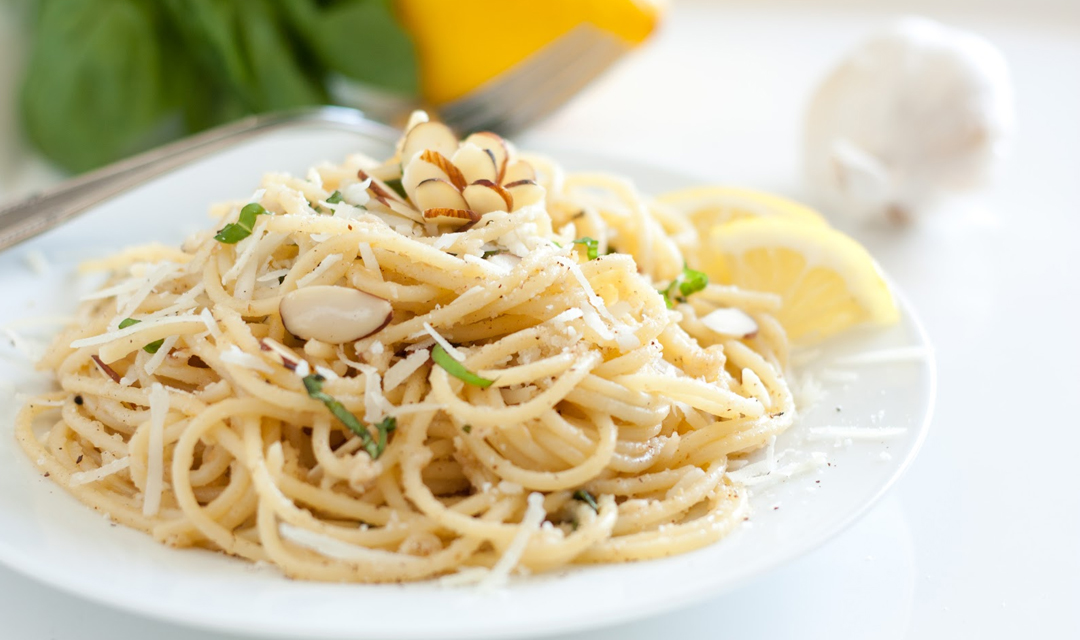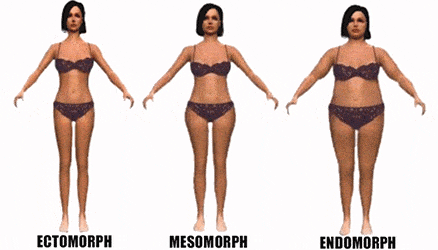Ask anyone who’s trying to lose weight how they’re going about it and chances are, they’ll tell you: “I’m staying away from the carbs!”.
If you ask why, they’ll probably list down the following reasons:
- Carbs make you fat (not true)
- They cause inflammation in your body, and this leads to nasty conditions like heart disease, clogged arteries and a weakened immune system (not true)
- Carbs trigger overeating (not true)
- Your body doesn’t need carbs (also not true)
Here’s what bugs me about these claims: These blanket statements about carbs aren’t just misleading, they create a lot of misguided fear around a nutrient that a lot of people should be eating.
The truth?
- Most of us need carbs to function at our best. Both men and women need carbs for a healthy immune system, hormonal profile and digestive system; to maintain muscle mass, and keep your metabolism humming (studies have indicated that low carb diets can result in a sluggish thyroid).
- Carbs can help you lose fat. In fact, low carbohydrate diets have been linked to high levels of the stress hormone cortisol, which makes you gain weight.
- The right kinds of carbs don’t trigger overeating. Whole grain sources of carbs (such as quinoa and wild rice, which aren’t technically grains by the way) don’t trigger addictive responses in your brain and the hunger-inducing sugar crashes the way refined flour products like white bread, pasta and pastries do.
The key takeaway here: You don’t have to avoid carbs completely, and figuring out what to do with the carbs in your life doesn’t have to be complicated. So how do you eat them and lose fat?
I’m going to show you how with my fool-proof, 4-step, Carb Validation Strategy:
Step #1: Ask yourself: Are you active?
Your answer is “yes” if you exercise regularly (at least 4 days a week, at a medium to high intensity).
Having a meal with carbs before your workout will help you go faster, harder and longer. The best time to get your carbs in: After your workout. At this point, your muscles are energy depleted, leaving them primed for re-stocking with carbs from your meal.
Answered “No” to this question? Keep the majority of your meals lower in carbs and then decide if you need to increase or decrease your carb portions (we’ll get into this step 4) from there, depending on how your body responds (are you feeling bloated and uncomfortable; gaining or losing fat?).
Once you’ve answered this, move on to step #2.
Step #2: Consider your body type
Ever hear someone say “All I have to do is smell pizza to put on 10 pounds”?
They may be exaggerating, but some of us do in fact, gain fat more easily from certain carbs (the main culprit here: processed varieties). How your body responds to carbs depends on your body type, which typically falls into one or more of the following categories:
- Ectomorphs Have a friend you love to hate on because she can eat anything she wants without gaining an ounce? Yup, this is her. Ectomorphs tend to be naturally narrow and skinny all over and have fast a metabolism (think marathon runners). This body type typically needs to eat more food (and carbs) to avoid losing weight.
- Mesomorphs are usually muscular with medium bone structure, and are athletic-looking with wider shoulders and hips, and slim limbs. Weight gain on the mesomorph tends to be well-distributed all over. This body type packs on muscle with ease, but also tends to gain fat more easily compared to ectomorphs.
Your carb prescription: Before and/or after your workouts, when they’re most likely to be used by your muscles.
- Endomorphs have a larger, stocky frame, with a tendency to gain and hold on to fat more easily than the other two body types. To lose fat, this body type will do best with a diet that’s lower in carbs.
Your carb prescription: After your workouts.
Step #3: Pick the right carbs
Whenever possible go for whole grain sources of carbs, which means grains that haven’t been processed and have all their naturally-occurring parts intact, such as quinoa, hulled barley, amaranth, millet and wild rice (many of these are technically seeds, but are called whole grains because they’re cooked like whole grains and have similar nutrient profiles).
Why? Unlike processed carbs like noodles, white rice and pasta, which are often made up of empty calories, these come with a truck-load of fibre, antioxidants, vitamins and minerals. The key nutrient for fat loss here: Fibre, which keeps you fuller for longer, reduces your chances of over-eating, and your gut happy.
This doesn’t mean you have to avoid your favorite naughty foods completely. Going donut hopping once a week (Sunday’s my day to eat whatever I want) can actually give your metabolism a boost by letting your body know that it’s not in danger of starving.
Stay on track 80% of the time and you’ll see results.
Step #4: Get your portions right
Whatever you do, make sure your carb portion doesn’t look like this:

How much should you eat for fat loss? Keep your portion to one cupped handful if you’re a woman, and two cupped handfuls if you’re a man. This portion guide applies to fruit as well:

Go over these 4 steps the day before, so you can plan your meals ahead. Even better, do it on a Sunday when you’re planning your meals for the entire week (I do this after I’ve scheduled my workouts). Repeat as often as you can until they become second nature and you’re making the most of carbs to support your weight loss.
Do you know someone who’s confused about carbs? Share this post with them! Often, the smallest steps can lead to big, big changes.
Author: Michele Lian
I’m a food coach who’s on a mission to show food lovers how to eat what they want, lose fat and keep it off for life with more ease and less overwhelm. Get started on your own mindful fat-loss journey without having to go on a crash or restrictive eating plan with my FREE 4-Week training, where I show you how to stop dieting, start living and look (and feel!) amazing.















